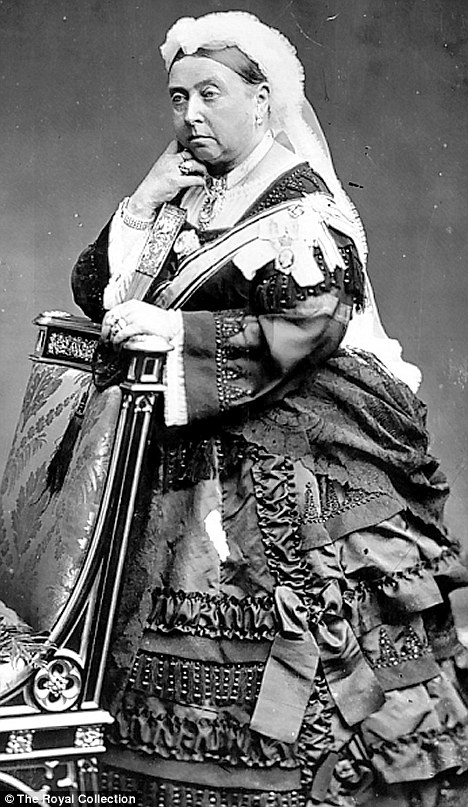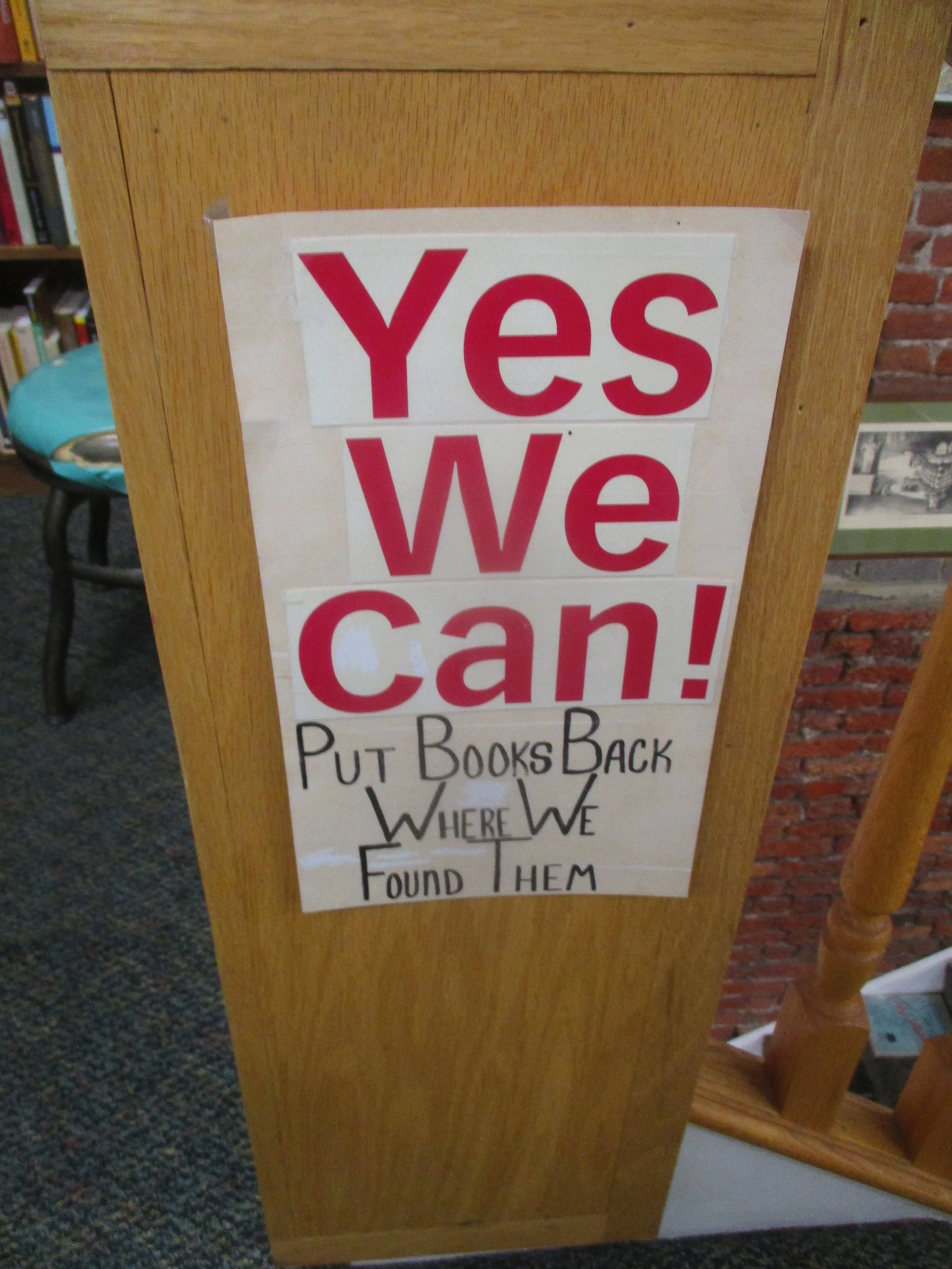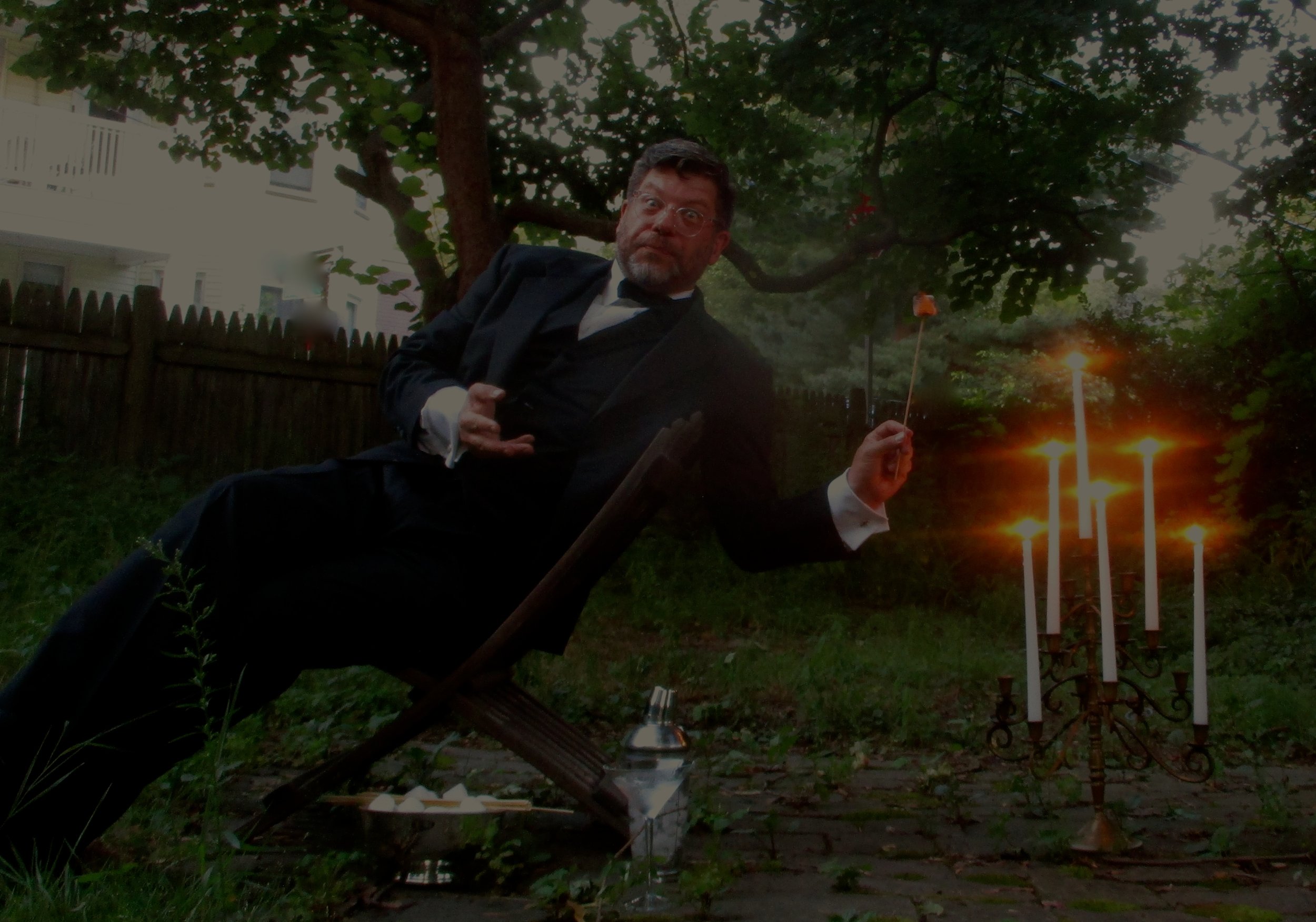Yes, Etiquetteer did get up very early to watch some of the hoopla around the Greville Emerald Kokoshnik Tiara taking over Her Royal Highness Princess Eugenie’s wedding to Jack Brooksbank. The Royal Family attracts etiquette-watchers - the British are so famously correct the bloodhounds are out to seize any flaw - and Etiquetteer can’t claim to be an exception.
THE WIND AND THE GOWN
Winnie-the-Pooh would have called this “a blustery day,” and unfortunately the ladies bore the brunt of this by having to pay special attention to their headgear. So many windblown tresses were seen entering and exiting the chapel that Etiquetteer rather wishes some long-haired ladies had gone in for a simple bun or a French twist or something. This would have kept them looking more organized and might also have spared them anxiety about That Windblown Look. (Ladies, is this true? Your comments appreciated.) One lady’s cartwheel of feathers was so agitated that it looked like television static.
The Greville Emerald Kokoshnik Tiara, undoubtedly having incinerated any obscuring veil with its Green Power Rays, controlled the bride’s hair admirably except for Unfortunate Tendrils which the princess kept brushing back. Her new cousin Princess Henry, Duchess of Sussex, did the same thing at her wedding. Etiquetteer does not care whether it’s fashionable to have tendrils or not, or whether it’s part of one’s Personal Style. Constantly having to handle one’s hair is a distraction.* And this is particularly true for royalty, under the merciless glare of continual coverage. Stop it at once!
The bridal gown, like Princess Henry’s, was striking in its simplicity: no frills, ruffles, trimmings, or superfluities - nothing to detract from that awe-inspiring tiara. But somehow there were always people fussing about the dress, including the father of the bride, which underscored the need for at least two Perfectly Proper Bridesmaids - such as the bride’s sister, Her Royal Highness Princess Beatrice, conspicuously seated with her parents. All those little flower girls and pages - for a moment Etiquetteer mistook them for the Von Trapp family - were clearly just there for window dressing when what was needed was a couple Responsible Adults. Gracious sakes, it practically took a village to keep that dress out of danger.
THE JEWELS
We all know it’s bad form to upstage the bride, but my goodness, the Greville Tiara clearly hypnotized her in its quest for World Domination. It’s nice to be able to borrow something from your grandmother for your Something Borrowed, but when it’s the Greville Emerald Kokoshnik Tiara - wow! No one actually cares about you then. You become merely a Tiara Delivery System for the Admiration of a Magnificent Jewel.
It also underscored the absence of Significant Jewels among the other royal ladies. While the Queen wore the Cullinan V Heart Brooch, a Bagatelle of Power (“Granny’s chips” might have upstaged even the tiara), the diamond bee brooch worn by Princess Beatrice was so small as to be Comparatively Insignificant. The Duchess of Sussex looked downright denuded without One Important Piece, while the Duchess of Cambridge sported some Quite Respectable Earrings. Etiquetteer was also charmed by the jeweled wing brooch worn by Princess Michael of Kent.
The groom’s wedding gift to the bride was a pair of diamond and emerald pendant earrings, clearly intended to complement the tiara. This made it easier for the bride to fulfill the old rule that the bride always wears the groom’s gift to the wedding, “even if it is a mixture of colored stones.”
WHAT THE LADIES WORE
Green Power Rays fell on the mother and the aunt of the bride, the Duchess of York and the Princess Royal, each looking stunning in emerald green. The Princess Royal accessorized with a camel-colored shawl, which made Etiquetteer reflect that in Another Time that might have been a fur scarf or stole. Pippa Middleton’s olive maternity ensemble was topped with a superb matching hat. This time it isn’t Beatrice and Eugenie who need to be given a talking-to about their headgear, it’s Zara Tindall. An otherwise lovely royal blue dress was topped off with a silver helmet garnished with silver flowers. It looked like an old Christmas Tree Shoppe display with a fresh coat of spray paint. Princess Henry, to Etiquetteer’s delight, Considered Navy Blue, but the Countess of Wessex wore glittering black lace that Etiquetteer could only consider appropriate for the cocktail hour.
Among the congregation Poppy Delevigne sported such tall baby-blue feathers in her fascinator that it was suspected she had refugeed from the Folies-Bergère. It’s rude to wear such tall headgear in a church; it obstructs the view of those behind. While Etiquetteer is delighted to see the outrageous tilt of a hat coming back (so reminiscent of the great Lilly Daché), one lady wore something that looked like a moulting coconut hanging off the back of her head. Another lady in pink appeared to be dressed as Audrey Hepburn as the Easter Bunny. Someone else paired a fascinator with what looked very much like an anorak. A royal wedding is hardly the time to pair the formal with the casual!
THE SERVICE AND OTHER ASPECTS
The great tenor Andrea Boccelli was invited to sing during the wedding. The selections chosen, Gounod’s “Ave Maria” and Franck’s “Panis angelicus,” reminded Etiquetteer of how wonderful that Pavarotti album was 35 years ago. There are two schools of thought about wedding music: familiar and obscure. While some obscure wedding music calls too much attention to itself, Etiquetteer fears that these arias are taking the place that “O Promise Me” and “Evergreen” held for previous generations.
Mr. Boccelli may have needed to loosen his tie in order to perform, but a gentleman’s knot properly rests snugly against his collar. Mr. Boccelli’s top button was more than visible, which is Not Perfectly Proper.
The Greville Emerald Kokoshnik Tiara also witnessed some lovely human moments. We are so used to seeing the bride hand off her bouquet that it was rather refreshing to see the groom hand off his eyeglasses to the best man. And there was a bit of trouble getting the wedding ring onto the bride’s finger, just as happens with un-royal brides. Etiquetteer was most touched with the reading from The Great Gatsby - untraditional for a wedding, to be sure, but absolutely right for this one. For Etiquetteer it somehow illustrated the importance of the preacher’s words “Marriage is something far more profound than any sort of contract.”
Perhaps it was because the BBC was not broadcasting the service, but Etiquetteer observed that there was no applause until the Happy Couple appeared outside the church. That is Most Proper, but also not the American custom. And did you notice that there was no kiss inside the church either?
Etiquetteer could only conclude that the Battle for World Domination will continue in its next round between the Greville Tiara and the Prince George Instagram account. Etiquetteer noted that His Royal Highness was kept to the back of the gaggle, but he was working his royal wave in the car after the service.
It is now time for a Tequila Toast to wish the Happy Couple well on their journey through life together!
*This condition applies to all genders, by the way. It just so happens that in our civilization it’s more usual for ladies to have long hair. More and more gentlemen are also sporting Tousled Tresses, or even worse the Dreaded Pretentious Manbun. They, too, need to take care that every hair is in place.




































